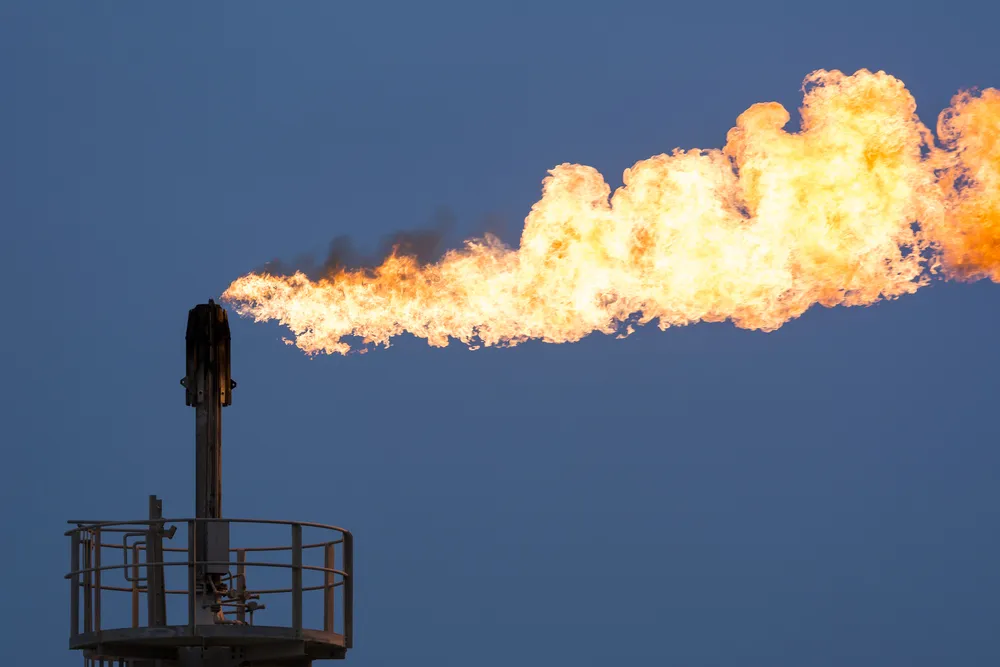Structural Steel Design in the Oil and Gas Sector Course
Introduction
The Structural Steel Design in the Oil and Gas Sector Training provides a comprehensive theoretical understanding of the principles and methodologies used in designing steel structures for both offshore and onshore projects. It is specifically designed for structural engineers, design professionals, project managers, and technical staff who wish to deepen their theoretical knowledge of design practices in accordance with leading international standards.
This program highlights the role of steel in oil and gas facilities, explores codes and standards such as API, AISC, ISO, and ASME, and examines the behavior of structural steel under different loading conditions. Special attention is given to challenges such as fatigue, corrosion, and environmental loading. The course also includes theoretical case study reviews from global projects to illustrate key concepts.
Objectives
By the end of this course, participants will be able to:
- Understand the theoretical foundations of structural steel design in oil and gas applications.
- Identify the main international codes and standards governing design (API, AISC, ISO, ASME).
- Analyze the behavior of steel under various loads and environmental conditions.
- Recognize challenges related to fatigue, corrosion, and offshore/ onshore environments.
- Comprehend safe and cost-effective design strategies for oil and gas facilities.
- Explore recent theoretical advancements in digital modeling and structural analysis.
Training Methodology
This course is delivered entirely through theoretical learning, including:
- Expert-led lectures
- Detailed presentations
- Structured discussions
- Theoretical case study reviews
- Question-and-answer sessions with subject matter experts
Course Outline
Unit 1: Introduction to Structural Steel Design in Oil & Gas
- Importance of steel structures in oil and gas projects
- Overview of codes, standards, and theoretical design principles
- Key challenges in offshore and onshore environments
Unit 2: Structural Behavior of Steel
- Material properties of structural steel
- Load classifications: dead, live, wind, seismic, and environmental
- Theoretical models of steel behavior under stress
Unit 3: International Codes and Standards
- Overview of API, AISC, ISO, and ASME standards
- Application of safety factors and design margins
- Global versus regional code adoption
Unit 4: Offshore Structural Steel Considerations
- Theoretical approaches to offshore platform design
- Fatigue and dynamic loading concepts
- Corrosion mechanisms and theoretical protection methods
Unit 5: Onshore Structural Steel Applications
- Steel frameworks in refineries and storage facilities
- Theoretical aspects of pipeline supports and industrial structures
- Assembly and design considerations
Unit 6: Advancements in Design Methodologies
- Finite Element Analysis (FEA) as a theoretical tool
- Digital twin and modeling concepts
- Emerging approaches in structural monitoring theory
Unit 7: Quality and Integrity in Steel Structures
- Theoretical framework of fabrication and welding standards
- Inspection methodologies and quality assurance principles
- Long-term reliability and integrity management
Unit 8: Case Study Reviews
- Theoretical lessons from international oil and gas projects
- Failures, risks, and mitigation approaches
- Best practices for structural integrity and compliance
Why Attend this Course?
- Develop advanced theoretical knowledge in structural steel design for oil and gas
- Strengthen understanding of international standards and codes
- Gain insights from reviewed case studies across global projects
- Enhance decision-making in the design phase of oil and gas facilities


















